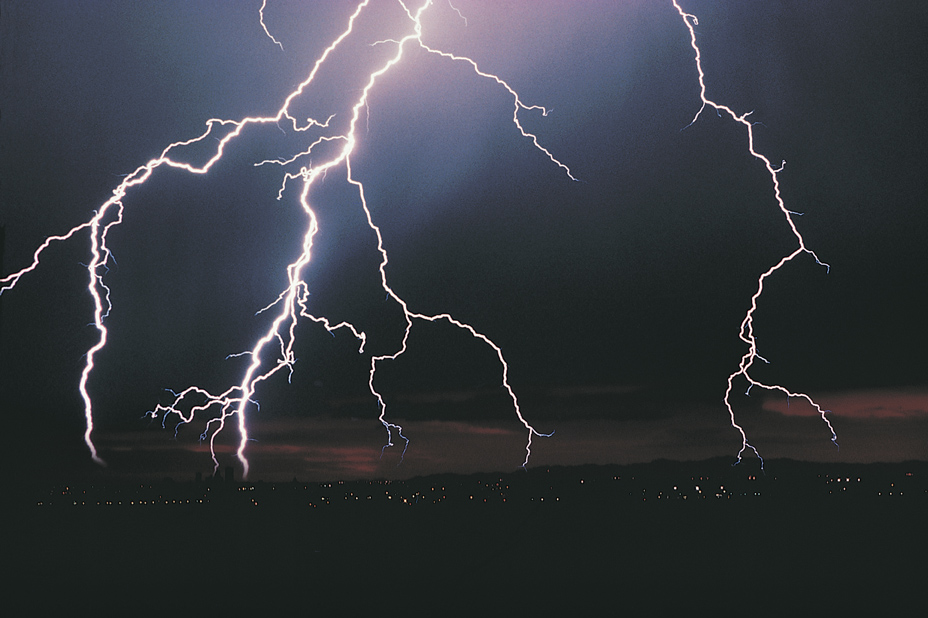FAIRBANKS — Firefighters in Alaska have been busy after thousands of recorded lightning strikes sparked about 20 fires across the state.
More than 8,000 lightning strikes were reported in the state on Saturday, and at least 8,300 through Sunday evening, according to the Fairbanks Daily News-Miner.
Alaska Division of Forestry spokesman Tim Mowry said the lightning-sparked blazes are similar to last year, when wildfires burned thousands of square miles of Alaska wilderness.
“A lot of lightning and a lot of fires popped up yesterday and I think today we’re seeing fires pop up today that were the caused by lightning,” he said. “It’s eerily reminiscent of last year at this time.”
Interior crews were battling two new fires Sunday, one believed to be human-caused and the other caused by lightning. An air retardant tanker and fire engine beat back a half-acre fire in Fairbanks and other crews worked on a 40-acre fire about 10 miles northwest.
On Saturday, crews were working to contain a 20-acre fire about 25 miles north of Fairbanks. Mowry said that fire was exhibiting extreme fire behavior, including 50-foot flames, before getting it mostly under control.
Mowry said the multiple fires in the area have stretched firefighting resources thin, but that things are still manageable.
“It’s sort of like musical fires at this point,” he said, “but so far we’re hanging in there.”
The Department of Natural Resources launched a burn suspension in the Fairbanks area with very high fire danger in Fairbanks and the Railbelt with high fire danger in Salcha.

